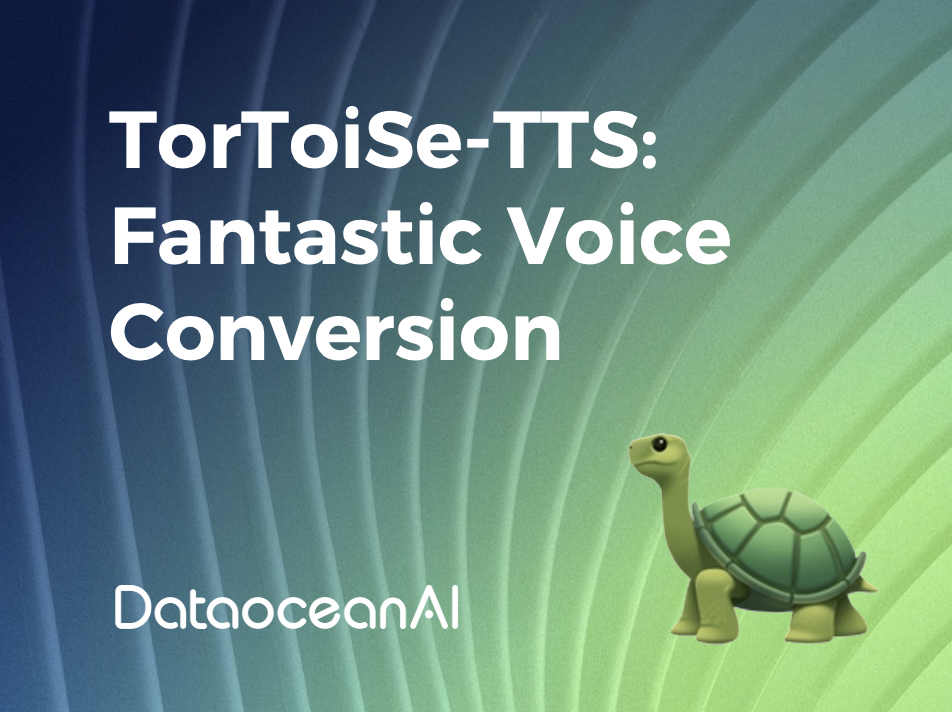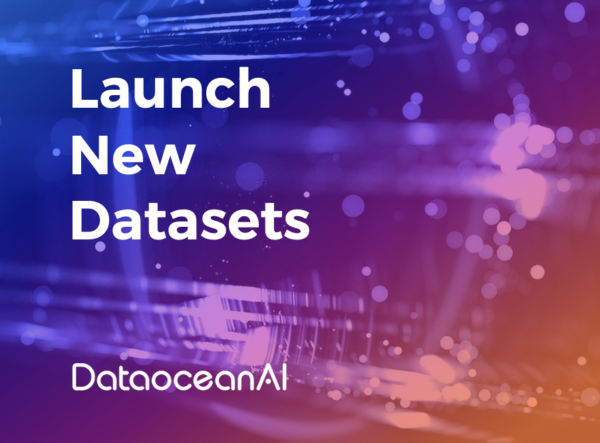With the launch of the NLP LLM ChatGPT, major models in the field of voice are also starting to be released competitively. From self-supervised models like WavLM and HuBERT to models like Whisper that can achieve voice recognition in hundreds of languages. However, these LLM are all about voice recognition tasks. So, what are the LLM related to voice generation tasks? Below, the editor introduces an interesting open-source voice synthesis LLM—Tortoise-TTS. Tortoise-TTS is an open-source text-to-speech technology that uses technology similar to GPT-3 to create voice models and generates quality comparable to all recently launched text-to-speech products.

Turtle-TTS Features
Tortoise TTS is an advanced Text-to-Speech (TTS) system with some unique features and advantages. Here are the main characteristics of Tortoise TTS:
1. Expressive Voice Conversion Capability: Tortoise TTS excels particularly in voice conversion. It can learn and replicate specific voices from a limited set of voice samples, making it highly effective for personalized voice synthesis.
2. Based on GPT-like Autoregressive Acoustic Model: The system is based on a GPT-like autoregressive acoustic model that converts input text into discrete acoustic tokens. These tokens are then transformed into Mel spectrogram frames, and eventually into the final audio signal. This approach helps in generating high-quality voice outputs.
3. Highly Realistic Prosody and Intonation: Tortoise TTS focuses on generating highly realistic prosody and intonation, making the synthesized voice sound more natural and lifelike.
4. Multi-Voice Support: Tortoise TTS has powerful multi-voice capabilities, able to handle and generate a variety of different voice styles and types, suitable for diverse voice synthesis needs.
5. Flexible Application: Tortoise TTS is not just limited to standard text-to-speech conversion. Due to its high expressiveness and voice conversion abilities, it is also suitable for a wider range of applications, such as personalized voice assistants, dubbing, and creation of entertainment content.
6. Open Source and User-Friendly: Tortoise TTS is an open-source project, meaning users can freely access and modify its code. This also provides a flexible platform for developers and researchers to explore and experiment with various possibilities in voice synthesis.
Tortoise TTS is a powerful and versatile TTS system, particularly suitable for those seeking high-quality, personalized voice synthesis solutions for users and developers.
Tortoise-TTS Voice Conversion
To use Tortoise-TTS to converse a specific voice, such as the voice of the famous singer Taylor Swift, here is an overview of the steps:
• Collect Voice Samples: You need to gather a certain amount of voice samples of the target person (in this case, Taylor Swift). Tortoise-TTS is claimed to be able to converse voices from a small number of samples, such as 3-5 voice clips of 10 seconds each.
• Install Tortoise-TTS: To start using Tortoise-TTS, you first need to install it. Typically, this can be done through the Python package manager pip. You can run a command similar to pip install tortoise-tts in the terminal or command line.
• Prepare Data: You need to ensure that the format of the voice samples is compatible with Tortoise-TTS and may need to do some preprocessing, such as noise reduction, format conversion, etc.
• Configure the Model: Next, you need to configure Tortoise-TTS to use your voice samples. This may include adjusting some parameters to fit the specific voice characteristics.
• Train/Tune the Model: Train or fine-tune Tortoise-TTS using the collected voice samples so that it can mimic the target voice.
• Generate Speech: Once the model is trained, you can input text and let Tortoise-TTS generate the voice output of the target voice.
• Test and Optimize: You may need to optimize the model’s output through repeated trials to ensure that the generated speech quality is as close to the original as possible.
Tortoise Training Data
The training data for Tortoise TTS mainly includes a large number of voice samples, which are crucial for training its highly expressive voice synthesis model. Here are some key details about the training data for Tortoise TTS:
1. Large-scale Voice Library: High-quality TTS systems generally require a vast amount of voice data for training. This data should cover a wide range of vocal features, including different pronunciations, intonations, rhythms, and emotional expressions.
2. Diversity and Extensiveness: To enhance its multi-voice capability and realism, the training data for Tortoise TTS may include voice samples from different languages, dialects, genders, and age groups.
3. High-Quality Recordings: To generate high-quality voice outputs, the training data needs to be clear and noise-free high-quality recordings.
4. Annotation and Preprocessing: The training data may need appropriate preprocessing and annotation, including noise removal, audio segmentation, and aligning speech with corresponding text.
5. Compliance with Privacy and Copyright Laws: When collecting and using training data, it is important to comply with relevant privacy and copyright laws to ensure the legality and ethics of the data.
6. Continuous Updating and Expansion: To maintain and improve the model’s performance, the training dataset may need to be regularly updated and expanded to include a more diverse range of voice samples.
Any excellent AI model cannot be separated from high-quality training data. This is also true for TTS models, where high-quality data forms the foundation for training powerful and accurate TTS models. Noise, errors, or inconsistencies in the data will directly affect the model’s learning ability and the quality of its output. Clear and accurate datasets can help the model better understand and simulate the complexity and nuances of human speech. Using high-quality data can improve training efficiency and reduce the need for adjustments and post-processing time, as the model does not need to learn how to correct errors or inconsistencies in the data. DataOceanAI is a company that specializes in providing high-quality training data, including voice, text, image, and various multimodal data. Examples of its TTS data are as follows:
– France French Female Synthesis Corpus
King-TTS-010 >>>Learn more
– American English Female Speech Synthesis Corpus
King-TTS-033 >>>Learn more
– Swedish Male Speech Synthesis Corpus
King-TTS-060 >>>Learn more
– Finnish Female Speech Synthesis Corpus
King-TTS-075 >>>Learn more
Reference








